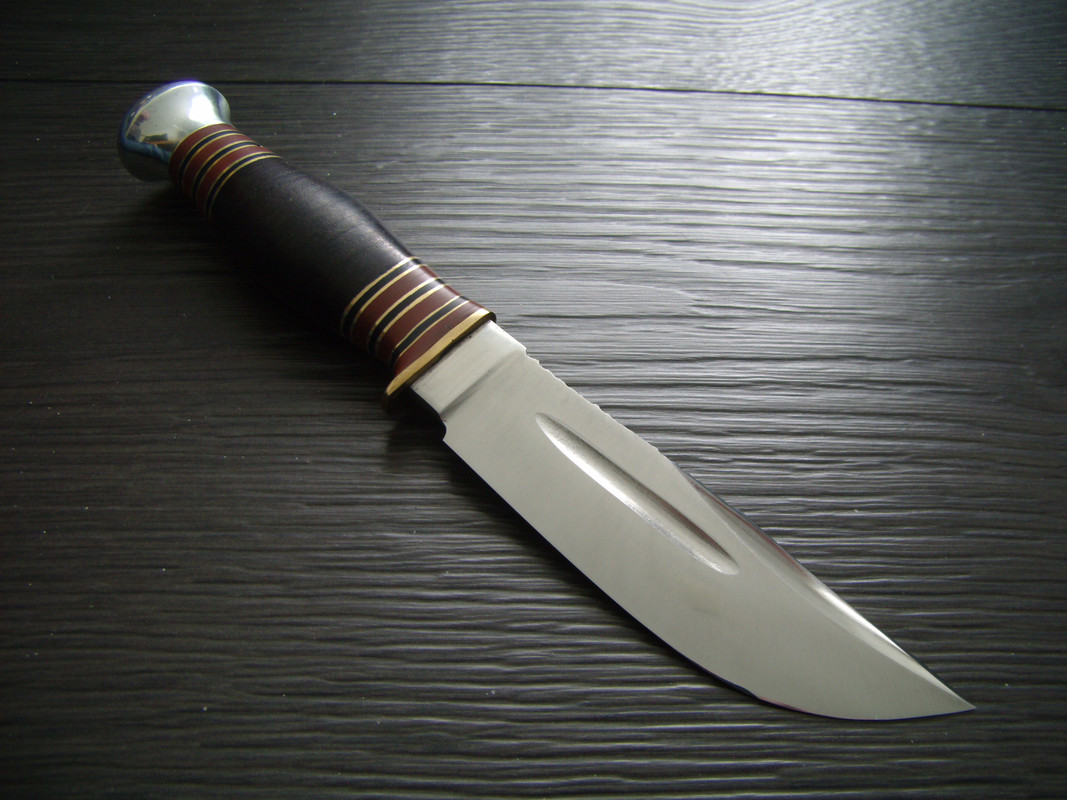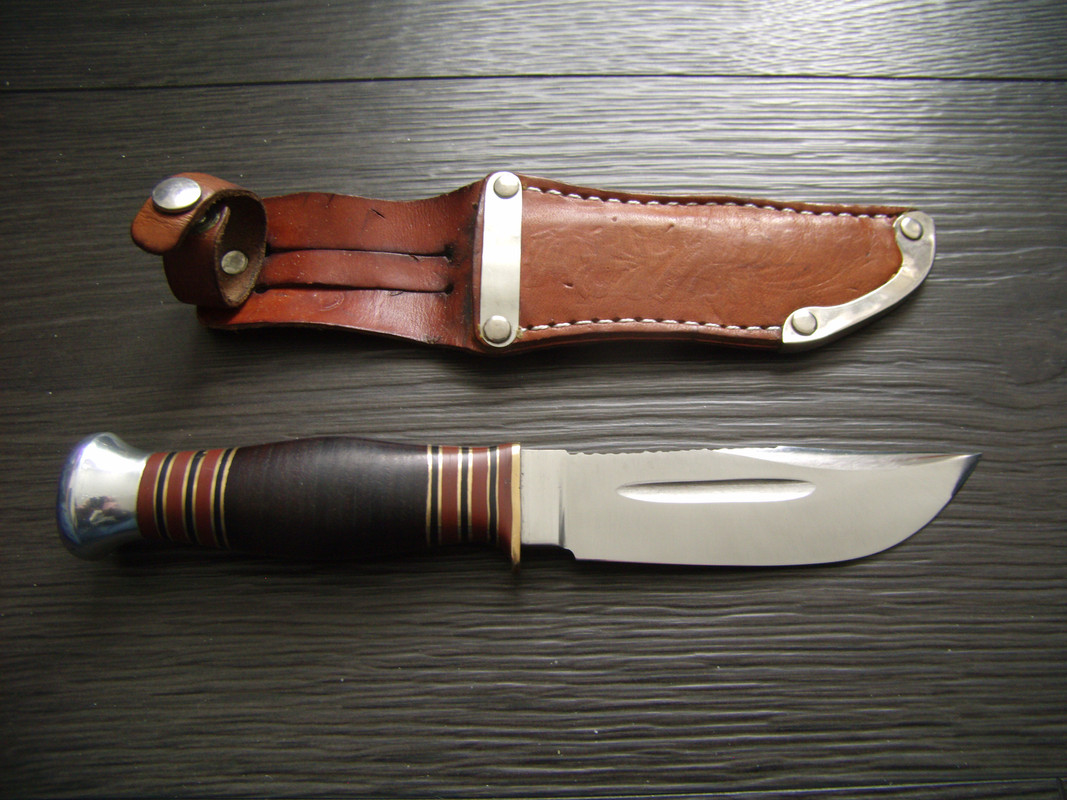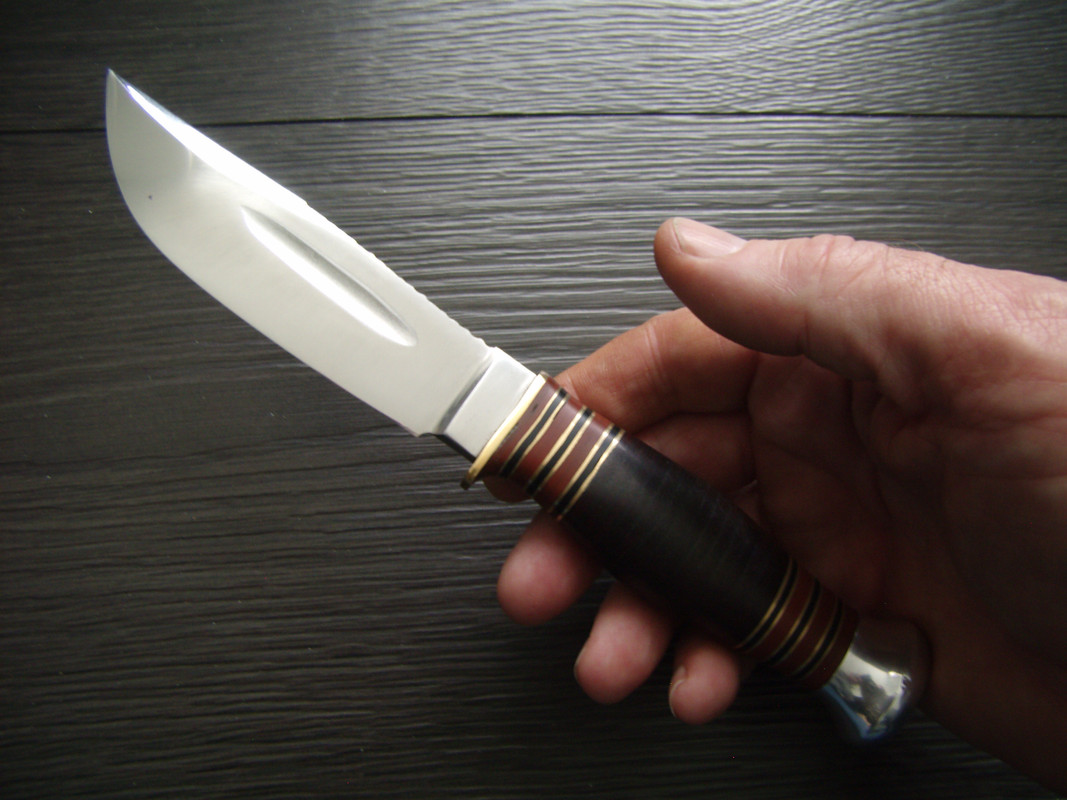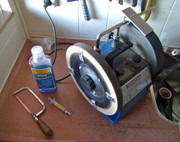Posted on Fri Aug 26, 2022 on a few other forums.
---------------------------------------------
My nephews girlfriend is a hairdresser, and she asked me if i would try to sharpen her oldest pair of shears.
Years ago she had gotten it as a gift from her teacher, all this time had never been sharpened, and as a result it was so blunt that she didn't use it anymore.
Through Google i found that for 120 US dollars these shears seem to have a good price to quality ratio, so i thought that an attempt at sharpening might be worth it.
The edges were really quite bad, and as i had never done convex shears before i first had to think up a sharpening/polishing protocol that might work.
In the end i settled on 1000 grit SiC paper used with WD40 oil on glass, 15 micron diamond paste on the back of a narrow strip of SiC paper on glass, followed by 6 micron and 1 micron used the same way.
The hone line was repolished using only 1.0 micron diamond paste.
Just reassembled the shears again and the edges seem to work as they should, effortlessly cutting hair all the way to the point, but the real proof of the pudding is of course what the owner will think of it.
Will report back if i know more...




---------------------------------------------
My nephews girlfriend is a hairdresser, and she asked me if i would try to sharpen her oldest pair of shears.
Years ago she had gotten it as a gift from her teacher, all this time had never been sharpened, and as a result it was so blunt that she didn't use it anymore.
Through Google i found that for 120 US dollars these shears seem to have a good price to quality ratio, so i thought that an attempt at sharpening might be worth it.
The edges were really quite bad, and as i had never done convex shears before i first had to think up a sharpening/polishing protocol that might work.
In the end i settled on 1000 grit SiC paper used with WD40 oil on glass, 15 micron diamond paste on the back of a narrow strip of SiC paper on glass, followed by 6 micron and 1 micron used the same way.
The hone line was repolished using only 1.0 micron diamond paste.
Just reassembled the shears again and the edges seem to work as they should, effortlessly cutting hair all the way to the point, but the real proof of the pudding is of course what the owner will think of it.
Will report back if i know more...












































































































